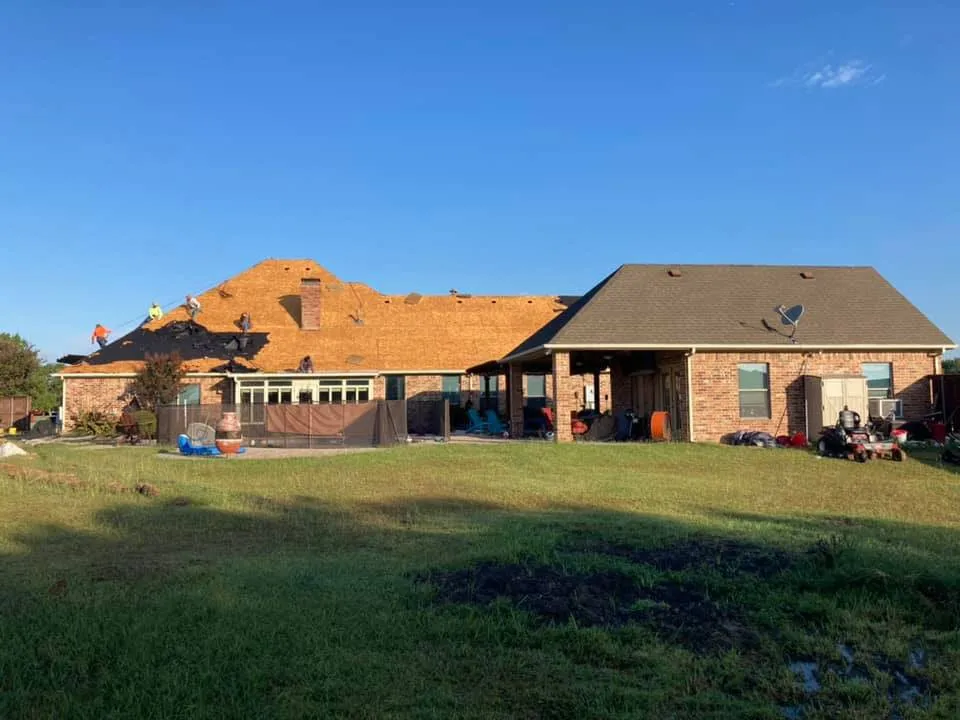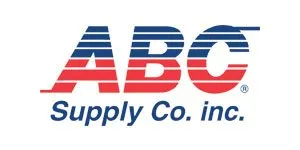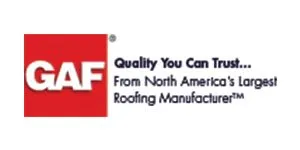
When you have a roof that needs repair or replacement, it’s important to make sure you know what your insurance covers. That way, you can avoid wasting time and money on repairs or replacements that aren’t covered by your policy.
Your roof is typically covered under two types of homeowners insurance policies: Actual Cash Value and Replacement Cost Value (ACV or RCV). When you have a loss, you’re reimbursed for the actual cash value of your roof minus your deductible amount and depreciation costs as outlined in your policy.
When it comes to the type of coverage you get for your roof, there are many things that can change the way your claim is handled. For example, if you live in a high-risk area where storms and hail damage are common, you may have to pay extra for additional coverage.
The coverage you receive for your home’s roof depends on the nature of the damage, the age of your roof and the deductible amount of your policy. For example, if you have a deductible of $1,000, you would need to meet that deductible before your insurance company reimburses you for any roof repairs or replacements.
In North Texas, some of the most common types of roof damage are caused by hail, wind and storms. Insurers typically will cover these types of damage, though there are certain exclusions in some policies.
In addition, most insurers will not cover roof damage due to an “act of God” (e.g., hurricanes and tornadoes). Similarly, they might not cover damage to your roof that’s due to pests like squirrels, ants and termites.
For these reasons, you should take the necessary precautions to ensure that your roof is not damaged by any of these factors. This includes ensuring that it is properly shingled and regularly maintained.
If your roof does need to be replaced, it might be covered under a comprehensive homeowners insurance policy. The dwelling coverage section of this type of policy usually covers it for damage and destruction from natural disasters or other perils that qualify your roof for a partial or total replacement.
Unless it’s made from a material that is famed for its longevity, a roof depreciates with each year. For this reason, most insurers won’t offer coverage for older roofs that have reached the end of their lifecycle.
As a result, you might need to seek a different policy when you renew your homeowner’s insurance. Some companies will require you to have an inspection of your roof, particularly if it’s more than 20 years old and requires replacement. This is a good idea because it encourages better maintenance and reduces the needless expense that can be associated with older roofs.
A deductible is the amount of money you must pay out of pocket before your home insurance company will start to cover roof damage claims. A deductible is usually a fixed dollar amount, though it can be percentage-based as well.
Deductibles for homeowners insurance vary by company and state law, so make sure to check your policy carefully before you file a claim. Also, keep in mind that if you have a high deductible and your home is damaged, it may mean a higher monthly or yearly premium in the future, depending on how often you file claims.
Standard deductibles are a fixed amount, generally in the range of $1600 to $6000. These types of deductibles are used for most claims.
Some policies offer a percentage-based deductible, which means that you’ll pay more out of pocket if you file a claim for a specific type of damage, like wind or hail. This is a great option if you live in an area that experiences frequent hailstorms or hurricanes and want to limit your out-of-pocket expense for these types of perils.
Another common deductible is for a single cause of damage, such as storm-related leaks or mold growth. This is a good choice for those who want to avoid paying a lot of out-of-pocket expenses when their roof has been damaged by weather.
When calculating your out-of-pocket expenses for a roof replacement, it’s important to factor in any additional costs, such as materials that are not included in the repair cost. For example, if you want to replace your old 3-tab asphalt shingles with a more expensive roofing material, it will be added to the cost of your roof replacement.
If you’re unsure about whether or not your insurance covers the cost of roof repairs, you can call your insurer for more information. They should be able to answer any questions you have about deductibles and other coverage options, including wind and hail.
Most homeowners insurance policies cover all perils or causes of property damage, including wind and hail. They may also have an extended coverage clause that includes hail and wind as well. Most of these policies include a single deductible, but in some states you can choose to exclude wind and hail from your coverage, which will allow you to pay less out of pocket should you have to file a claim.
To support a claim for roof damage, you should take the time to compile the proper documentation. This could include pictures, videos or even a written explanation of the repairs needed to get your roof back in good condition. If you have this documentation, your insurance company may be more likely to pay for the work and help you get your life back to normal.
The best way to start documenting your property is by taking as many photos of your roof as possible, including before, during and after the storm. This will provide you with a solid frame of reference and give your claims adjuster something to work with when he arrives on site.
It’s also a good idea to note the location and date of the damage as this will help your adjuster get a better understanding of what went wrong. This can make the difference between a quick settlement and an extended investigation by your insurance company that will likely cost you more money down the line.
A homeowner’s insurance policy covers damage to their home’s roof from a covered peril. This includes storms, windstorms, and hail.
The insurance company will usually pay for the cost of repairing or replacing the damaged area of the roof. The company may also cover the costs of any temporary repairs that need to be done while the home is being repaired.
Before you file a claim for any roofing damage, it’s important to determine what type of coverage you have and what your deductible is. Most homeowners’ insurance policies provide a certain amount of coverage for a specific roof, and some even have an additional rider that can cover damage caused by tornadoes, hurricanes, earthquakes, and other occurrences.
Some older homes have roofs that are considered to be “older” by insurance standards, and this can cause problems for homeowners who have to pay a higher deductible than usual to have their roof replaced or repaired.
If you live in an area where wind and hail storms are common, you might consider getting a policy that pays for your roof’s actual cash value (ACV) instead of its replacement cost value (RCV). This will allow you to lower your premium while still having enough to cover the expense of a new roof.
Depending on your policy, you’ll need to keep detailed records of any maintenance work that has been done on your roof. This will help prove that your roof is well-maintained, which can reduce the likelihood of it being found to have an issue in a future claim.
When filing a roof insurance claim, it’s important to get an independent roofing professional to inspect your home before you call your insurance company. You do not want to file an unnecessary claim when all that is needed is a small repair that is likely much less than your deductible. Filing a frivolous claim can draw unwanted attention from your insurance and cause them to consider canceling your policy. That is why you never file a claim and until you have proof of sufficient damages to your property to file a claim.
You do not want to file an unnecessary claim when all that is needed is a small repair that is likely much less than your deductible. Filing a frivolous claim can draw unwanted attention from your insurance and cause them to consider canceling your policy.
That is why you never file a claim and until you have proof of sufficient damages to your property to file a claim. This will ensure that the adjuster is not biased in favor of your insurance company.
The professional will be able to give you an accurate estimate of the costs that are needed to repair your roof. This can be helpful in determining the best course of action and whether or not you should wait to get the work done.
After the inspection is complete, you should contact your insurance provider to make a claim. This process is not always easy, but if you act quickly and get the work done before any other issues arise, it can help minimize the amount of damage your home sustains.






